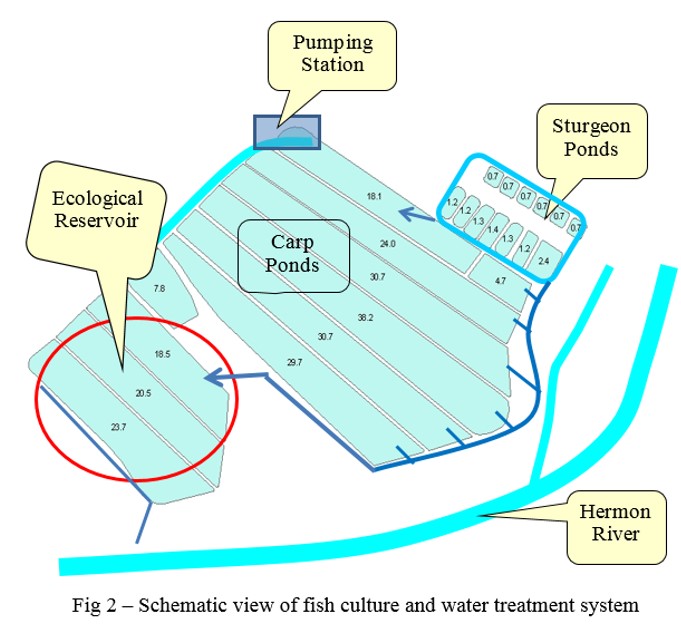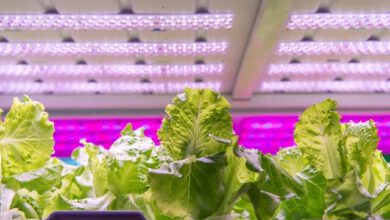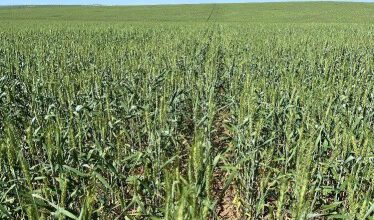How to Run a Water Efficient Fish Farm?
"Effluent Treatment in Combined Sturgeon and Carp Culture System – A model for minimizing the aquaculture impact on the environment." By Hurvitz Avshalom, Dan Fish farms, Kibbutz Dan, and Markel Doron, Israel Water Authority.


by hurvitz avshalom, dan fish farms, kibbutz dan, upper galilee 12245 and markel doron, israel water authority.
introduction
lake kinneret (sea of galilee) is israel’s major drinking water source. its main inflow is the jordan river, which is fed by three main tributaries of which the dan stream is the most important.
the lake and its basin supplies on average ca. 550 million m3 annually, of which about 300 million m3 are pumped through the national water carrier to the center of the country, 200 million m3 are supplied directly to consumers around the lake and 55 million m3 are supplied annually to the hashemite kingdom of jordan.
maintaining and improving water quality in lake kinneret are therefore a major national and regional concern.
the “israel water authority” is responsible for preserving the lake as a water resource and therefore leads the management of its watershed. the main water quality problem of lake kinneret in the last decade was cyanobacteria blooms, which are mostly phosphorus limited hence phosphorus effluent reduction is the prime target in order to prevent eutrophication of the lake. an intensive sturgeon farm for caviar production contributes about 3,000 kg of total phosphorus (tp) annually. the aim of the system developed was to reduce this amount to a minimum level while continuing to grow fish. this article describes that system and presents the monitoring results obtained through a representative whole year of operation.
fish farming
sturgeon culture in kibbutz dan, started some 20 years ago by importing eggs from russia. it is now a viable, self-sustained economic activity in which about 4,000 kg of high quality black caviar are produced annually from 7 – 10 years old females. it is an intensive culture where about 300 metric tons of fish biomass of all ages is kept at any one time in the water, at a stocking density of 25 – 35 kg per cubic meter. the ponds are all built in round or rectangular shapes, 12,000 cubic meters in total ponds volume (see fig 1). fish are fed by high energy, commercial pelleted feed with a specific composition for sturgeon.
in another set of ponds, all earthen ponds (18.4 acres), carp and tilapia fish are grown. fingerlings are usually stocked in early spring and the fish harvested in october – november at the onset of winter. during winter time the ponds are either empty or filled with water but no fish feeding occurs due to the low temperature. annually, about 120 tons are produced extensively in those ponds.
system description
the 800 m3/h outlet water from the sturgeon ponds are used to supply the set of earthen carp ponds. some of this water is also used for irrigation during the summer months. from all of the carp ponds (8), the outlet water flows via a pipe or open canal, into a three sectioned reservoir covering an area of 6.0 acres in total (fig 2). in the reservoir which is used first as a sedimentation area, fish are stocked in the spring time as part of the treatment method. the fish are not fed artificially but grow on the organic material flowing into the reservoir with the incoming water. once a year during winter time, the reservoir’s sections are partially emptied and the fish harvested. monitoring points for water quality were set at 4 locations in the system: 1- at the inlet to the sturgeon ponds 2- at the outlet from the sturgeon ponds, 3- at the outlet from the carp ponds which is also the inlet to the reservoir and 4- at the outlet from the reservoir where the flow is also monitored.
results & conclusions
year round monitoring of water quality in the system as well as continuous flow monitoring of the water released from the reservoir to the surroundings, reveals more than a 50% reduction of total nitrogen (tn), some 73% reduction of total phosphorus (tp) and 90% of dissolved phosphorus (tdp) contributed by the sturgeon farm. the significant reduction achieved already through the carp ponds, is further increased in the ecological reservoir (figs 3&4).
it was shown that a combined treatment system starting with extensive culture of carp in earthen ponds, followed by ecological reservoir that also contains marketable fish can provide a sustainable solution for the treatment of phosphorus and nitrogen rich water that has been contributed by an intensive sturgeon farm. moreover, the use of the sturgeon effluent for irrigation had increased even further the nutrients’ removal from the downstream in order to improve the future ecological stability of lake kinneret. following local adaptations, the system described above can serve as a model for other aquaculture operations.
 |
 |
 |
 |
for additional information please contact dr. avshalom hurvitz at hurvitz.avshalom@gmail.com




